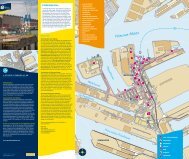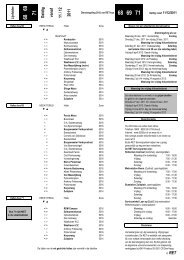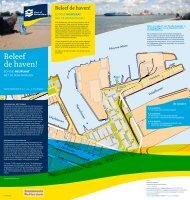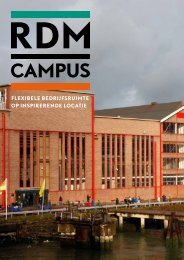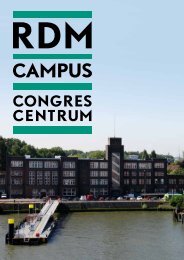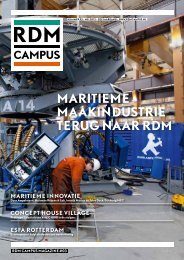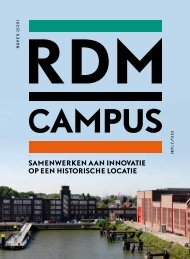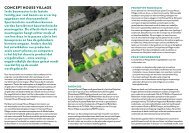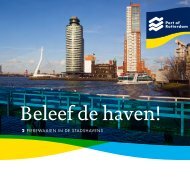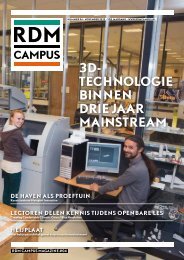Creating Comfortable Climatic Cities - RDM Campus
Creating Comfortable Climatic Cities - RDM Campus
Creating Comfortable Climatic Cities - RDM Campus
You also want an ePaper? Increase the reach of your titles
YUMPU automatically turns print PDFs into web optimized ePapers that Google loves.
8 <strong>Creating</strong> <strong>Comfortable</strong> <strong>Climatic</strong> <strong>Cities</strong>9<strong>Creating</strong> <strong>Comfortable</strong> <strong>Climatic</strong> <strong>Cities</strong>01. A New Collective Agenda‘Sustainability is a societal journey, brought aboutby acquiring new awareness and perceptions, bygenerating new solutions, activating new behaviouralpatterns and, hence, cultural change.’ – Ezio Manzini (1997)There is no escaping it. Green is everywhere. Everything from supermarket productsto buildings claim to be Green. It would seem that after an epoch of individualism,Green has become a new collective agenda (Maas et al., 2010). We may claim that acommon agenda has emerged and sustainability has become mainstream, but it wouldbe jumping the gun to claim that the paradigm of mass consumption has shifted. Atrue paradigm shift is inextricably linked with behavioural change on a massive scale;this is clearly not yet the case. History has shown that a good dose of moral concernfor the ecological and social conditions on our planet is not enough to change massbehaviour. It took the Middle East oil crisis in the early 1970s to mobilise collectivethinking about the state of the planet, biodiversity and other environmental issues.Although the design activists that emerged from this period laid the foundations forthe sustainability agenda of today, their impact at the time was limited. As oil pricesdropped, so too did the perceived collective need to act. But two global concernshave since emerged that make this moment in time different from the early 1970s.The double whammy of peak oil and climate change has levelled the playing field,creating the economic and social conditions for real change (Faud-Luke, 2009). Even ifthe conditions for a paradigm shift have emerged, the current market is not yet adeptat tackling these challenges. Innovation in all fields of life is needed to make thistransition to a new Green reality.Sustainability is the pre-eminent challenge of the 21 st century, although it remainsa contentious concept. In view of this, Janis Birkeland (2008) prefers to talk about‘positive’ rather than ‘sustainable’ development in the context of urban planningand design:‘Positive development refers to physical developmentthat achieves net positive impacts during its lifecycle over pre-development conditions by increasingeconomic, social and ecological capital.’



